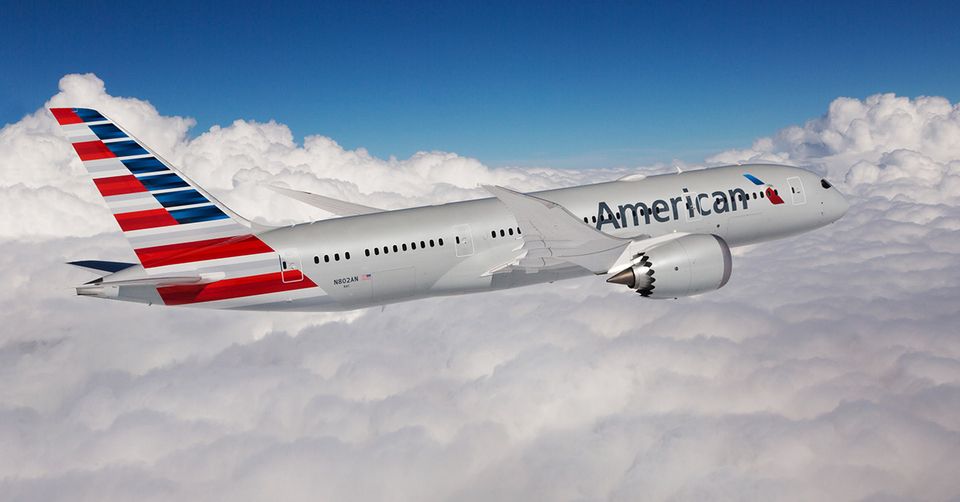Why Airline Businesses are not so profitable?

American Airlines, Delta Airlines, United Airlines and Southwest Airlines are the 4 major airlines in the US. Out of these 4, American Airlines and Delta Airlines have, at one point, filed for bankruptcy, and they recovered by merging with other airlines. According to data released by the International Air Transport Association (IATA), 86 airlines became bankrupt in 2020 and 2021! You might think this must be due to COVID-19 and the shocks following it. However, in 2019 59 airlines went bankrupt, which is 6 airlines more than in 2020!
Virgin Group’s CEO Richard Branson once said ‘If you want to be a Millionnaire, start with a Billion Dollars and launch a new airline’. Such is the state of the Airlines industry. Before looking at the reasons for this, let’s look at an airline's finances by examining its most significant revenue sources and cost factors.
Biggest revenue sources for an airline
- Ticket prices
- Cargo
- Food & Beverages
Major cost factors for an airline
- Fuel
- Aircraft buying or leasing
- Salaries
- Finance costs
- Depreciation costs
Now let’s look at some of the reasons why running an airline is a tricky business.
Firstly, airlines are extremely prone to demand shocks caused by the world or regional calamities. Some of those calamities which rattled airlines businesses over the recent past were
- 9/11 Attacks
- SAAS Outbreak
- 2008 Great Recession
- Swine Flu
- COVID-19
Any exogenous events such as natural disasters, global pandemics, terrorism and political instabilities have a huge impact on the performance of these airlines. The US Airline industry suffered a loss of $7.7 Billion following a fall in passenger demand following the 9/11 attacks. Volcanic eruptions in Iceland resulted in the European airspace shutting down and a loss of $2 Billion for airline businesses.
Secondly, Airlines have very small profit margins due to several reasons. Some of these reasons are high overheads in the form of machinery cost, salaries, maintenance and depreciation, heavy competition and fluctuating demand due to several events.
Thirdly, fuel cost fluctuations can have a massive impact on the performance of airlines. The cost of fuel for airlines will depend on 3 factors which are
- Number of departures
- Fuel price in the market
- Amount of fuel used in every departure
An Aircraft can consume an average of 3-3.5 litres of fuel per 100-passenger km. Fuel costs comprise 20-25% of the total costs in the market. Since the margins for airlines are relatively small, fluctuations in fuel price can significantly impact an airline's bottom line.
Fourthly high fixed and variable costs can be attributed as another reason for airlines' businesses' smaller profit margins. The life of a commercial jet can be between 25-30 years. You will have to replace and modernize your fleet over time. Even if you don't buy your planes and instead Lease them, leasing prices, too have been on the rise over the years. Security costs are another type of cost which become a huge factor for airlines since the 9/11 attacks.
Fifthly, there are factors like fewer first class and business class bookings during recessionary times, which can also result in a tough bottom line for airline businesses. It is usually companies which book these business class tickets, but during tough economic conditions like the one we're currently in, they instead opt to fly their personnel in economy class. Even though first class and business class seats are only about 20% of a flight, they make up to 40-50% of an airline's revenue.